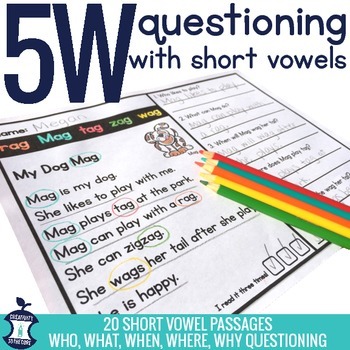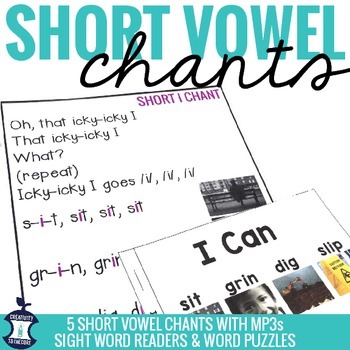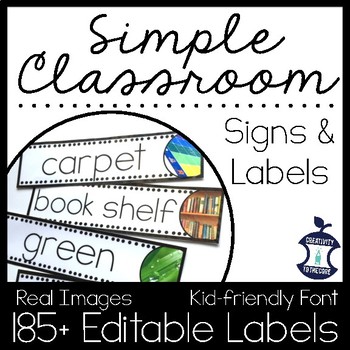
I believe in giving teachers every resource and opportunity to enable their students to thrive.
Quality individual and group professional development sessions aimed at bringing evidence-based practices into every classroom
Growth
Teachers deserve to understand how the brain learns to read. They deserve access to best practices that are rooted in evidence. As Anita Archer says, “How well we teach = how well they learn”. Set yourself up for success by refreshing the HOW of teaching.
Resources
Let’s filter through the infinite number of available educational resources. It can be overwhelming to have to design and search for pieces from various sources. You don’t have to invest all of your extra time into scouring the internet. Let’s share the best of the best!
Confidence
Overwhelmed with information? Unsure of where to begin? Let’s start by taking what research says and turning it into actual classroom instruction. We will be sure that you experience what it looks like, so you are confident to begin tomorrow!
Support
Quality peer-to-peer feedback is so valuable to teachers. Whether it’s a one time chat or an ongoing consultation, we can coach you through the ups and downs. If you’re questioning your next steps, reach out for a mentor!

Welcome! So glad you’re here! I’m a wife, mom of 2, and teacher who thrives on continuous learning and reading all the books.
I’m an educator, just like many of you, and I’m here to support you along your journey.
Ready to take your next step?
I believe in giving teachers every resource and opportunity to enable their students to thrive.
Kind Words
This was the best literacy PD I have attended in years! I have been teaching 23 years and am delving into structured literacy. Meredith presented in a clear, concise way, which maximized my learning!
Julie B.
Thank you for the easy to digest information about the Science of Reading. I find the scientific terms to be hard to read and understand sometimes from the experts, so it was great to hear practical info and advice from a teacher who is currently working!
Renee
I loved how there was a mix of to purchase and free resources available for educators to access quickly or where to access them. I was able to walk away with tasks that I could complete the next day and make impactful and meaningful changes for long term learning. It was very informative and broke down the time of a literacy block effectively and efficiently. It was very informative and inspiring.




